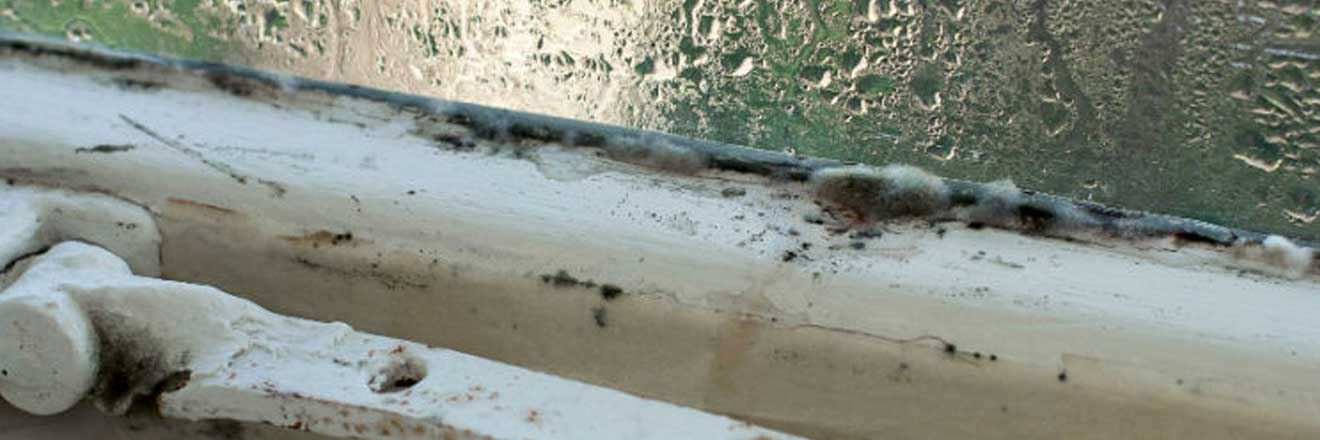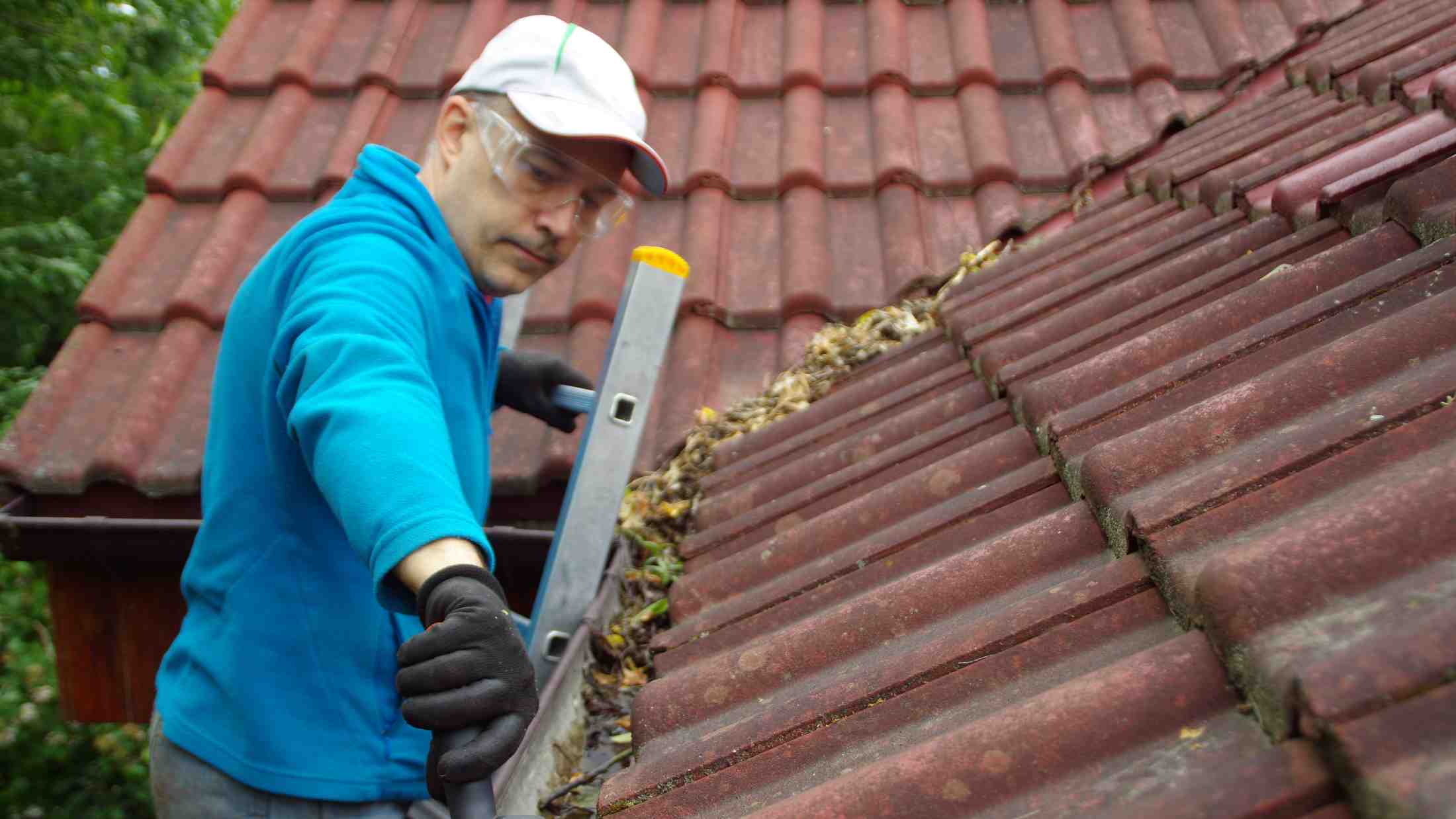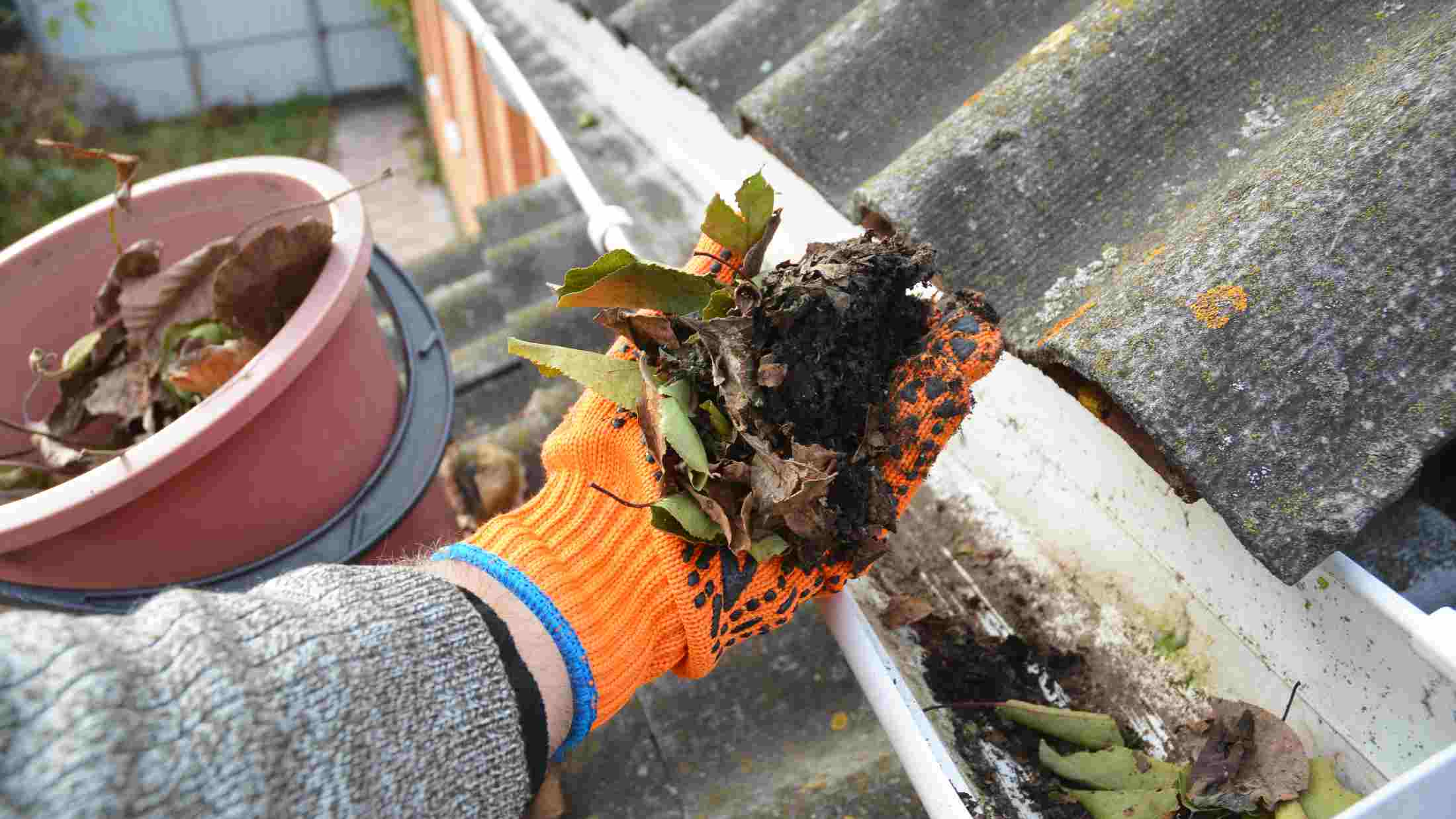Whether you own your home or rent a place, you may quickly find yourself asking what is condensation? This common issue often shows up as droplets forming on the inside of your windows and it forms when water vapour hits cold glass. You may notice this more commonly in the winter, when you’re using kitchen appliances or after hopping out of the shower and wonder how to get rid of condensation?
When it comes to understanding how does condensation form, these droplets are the result of damp air or humidity getting stuck inside our homes. Knowing how to stop condensation and the different types to look out for will make keeping your home safe from damp a matter of remembering a few ventilation musts.
- What causes condensation on windows
- How to stop condensation on windows
- How to reduce condensation on windows
- How to stop condensation in the long term
What causes condensation on windows
If seeing droplets on windows around the house has left you scratching your head, it’s worth knowing exactly what causes condensation.
You’re most likely to see this common problem in winter. This tells us that condensation is caused by the difference in the air temperature inside your home and the outside environment.
As the moist air touches windows of a different temperature it releases the water inside its vapour and the result is the droplets you may have been mopping up.
Modern homes are also equipped with a lot of features to be more energy efficient. Draught proofing, cavity wall insulation and double-glazing offering home insulation all mean that your home can stay warm more easily in winter but they also trap air. Anyone wondering what causes condensation on walls should know all of these play a part.
Now that we know what causes condensation on the inside of windows, it’s also a must to learn about the issues this can lead to. Some of the top complications to look out for are poor air quality, damp and mould. Over time these can have knock-on effects on your health so make sure you stop them in their tracks when you see moisture building up in your home.
How to stop condensation
Luckily there are plenty of ways to tackle this annoyance in your home so it’s time to learn how to stop windows from steaming up and how to treat condensation on your walls with our top tips for homeowners.
Each area of the house is unique so here are our go-to fixes for each one. Your central heating system will be one of the most important elements to control humidity and temperature and learning how to stop your windows from steaming up.
Windows
When you spot condensation build-up on your windows, make sure to dry them with a towel or absorbent cloth to ensure your carpets and wood surfaces don’t become water damaged.
If you’re wondering how to stop condensation on double-glazed windows in winter, think about whether you’re heating your home efficiently. Gradually raising heat from the boiler and keeping doors closed around the house will help to avoid big fluctuations in temperature.
Walls
Walls and ceilings are two of the biggest risk areas for mould in your house so make sure you know how to stop condensation on walls and ceilings with these essential tips.
- Avoid drying clothes indoors: Air drying a laundry load can release up to two pints of moisture so investing in a tumble dryer or a heated drying rack can avoid this unwelcome vapour hanging around.
- Look out for steam while cooking: If you’re wondering how to stop windows steaming up you should try installing an extractor fan over your hob and keeping lids on your pots while cooking can also help with steam in the kitchen.
- Use a dehumidifier: If you’re unsure about how to stop condensation in your bedroom, a dehumidifier will help to cut down on excess vapour. Make sure you also have airflow circulating as sleeping in a damp environment is not healthy.
Attic
If you’re curious about how to stop condensation in your loft space, our first tip is to look at how you’re using the space. Storage boxes and clutter can get in the way of airflow so consider clearing the space.
Extra insulation and hot water tanks releasing moist air here can also be issues for attic space. You may wish to consider installing roof vents to release vapour and reduce the chances of mould build-up.
Bathrooms
As air circulation is one of the top ways to tackle damp and humid air hanging around, when it comes to how to stop condensation in the bathroom, using an extractor fan or opening a window are both great ideas.
How to reduce condensation on windows
Once you’ve ensured each space in your house is set up to avoid condensation build-up, it’s also worth knowing how to reduce condensation on windows with these tips:
- Opening your windows for as little as twenty minutes every day is one simple way to reduce condensation from showing up.
- As having your heating at excessive levels can be one of condensation’s major causes, insulating your home or investing in double glazing are both great ways to cut your need for having the heating on.
- Another modern innovation you can try is anti-condensation paint which adds extra insulation to your walls.
- In the summer months, drying clothes outside is also great for keeping moisture out of your home.
How to stop condensation in the long term
Beyond wiping away condensation when it appears, there are plenty of ways you can fight condensation over time and learn how to banish mould from your home for good.
Along with improving your home's ventilation, you can learn how to prevent condensation on windows in the long term with these steps:
- Installing double glazing as single glazing is colder on the inside
- Use cavity wall and loft insulation to make your heating use efficient
- Keep curtains open for air circulation against your windows
- Install extractor fans in your kitchen and bathroom
- Dry wet clothes in a tumble dryer or outdoors
Understanding how to prevent exterior condensation on windows and protect your home from mould and damp are both essential for looking after your living space.
Of course, for more severe damage caused by extreme weather, fire or theft AXA home insurance can offer you peace of mind - contact our team to find a policy that suits your individual needs today.






